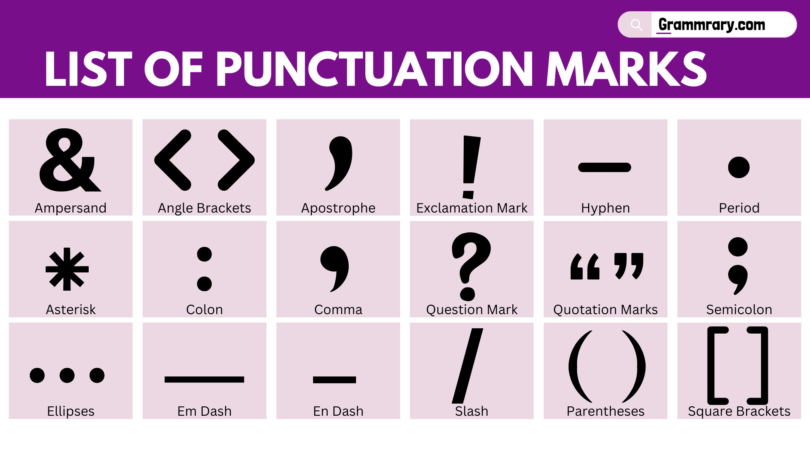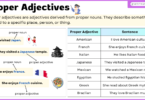Punctuation is a vital tool in Language. It provides clarity and improves readability. Whether you’re a professional or a student, learning the correct use of punctuation marks in English is a necessity. Today we will learn the list of all punctuation marks and their uses and examples. Let’s understand by learning punctuation marks with example sentences.
Ampersand (&)
The symbol (&) is called ampersand. It denotes the word “and.”
For Example:
- I will buy a dress & a handbag.
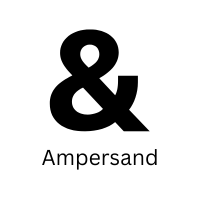
Ampersand
Angle Brackets (<>)
These are useful in technical writing like coding and mathematics.
Example:
- The code
<div>is an HTML code that describes a section or division in a document.

Angle Brackets
Apostrophe (‘)
The symbol (‘) is of an Apostrophe. It tells about possession.
For Examples:
- Sarah’s bag is black.
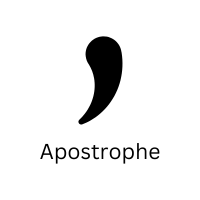
Apostrophe
Asterisk (*)
The symbol (*) is an asterisk. It indicates a reference or a footnote.
For Example:
- He died in 1886* (*according to official records).

Asterisk
Colon (:)
A colon introduces a list, quotation, or explanation.
For Example:
- He said: “You will face many defeats in your life, but never let yourself be defeated.”
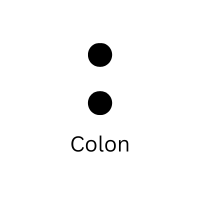
Colon
Comma (,)
The symbol (,) is a comma, it separates items in a list.
For Example:
- I bought books, pens, magazines, and novels.
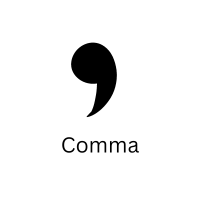
Comma
Ellipses (…)
The symbol (…) is Ellipses, it omits additional text.
For Example:
- She began to communicate but then hesitated…
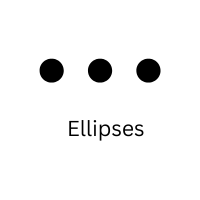
Ellipses
Em Dash (—)
It adds emphasis and represents a thought.
Examples:
- I know one thing—she is not a liar.
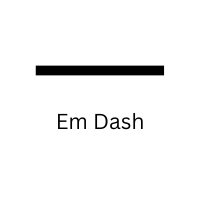
Em Dash
En Dash (–)
It represents ranges.
For Example:
- The years 1899–1903 were memorable.
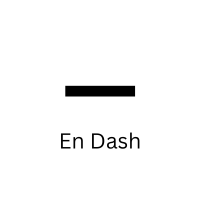
En Dash
Exclamation Mark (!)
The exclamation Mark represents strong feelings and emphasis.
Example:
- Wow, that is fantastic!
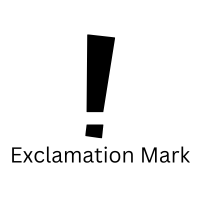
Exclamation Mark
Hyphen (-)
Hyphens connect compound words.
Examples:
- She is a well-known girl at the university.
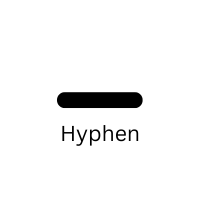
Hyphen
Period (.)
The period (.) is used to complete a sentence.
For Example:
- She is a very talkative girl.
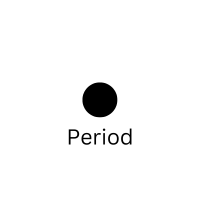
Period
Question Mark (?)
It asks questions.
Example:
- What is your hobby?
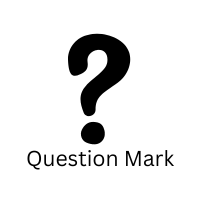
Question Mark
Quotation Marks (” “)
It encloses direct speech, titles, or quotations.
For Example:
- “Can you please assist me?” he interrogated.
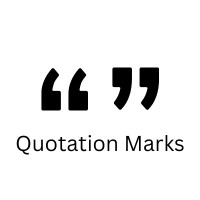
Quotation Marks
Semicolon (;)
Semicolons connect independent clauses and also separate items in a list.
For Example:
- She has an exam tomorrow; she will not go out tonight.

Semicolon
Slash (/)
It separates alternatives and represents a relationship.
Examples:
- The ratio of iron deficiency in children is 1/3.

Slash
Parentheses (())
It provides additional information.
- He eventually replied (after thinking for five minutes).

Parentheses
Square Brackets ([])
These add explanatory information.
For Example:
- He said, “She [the instructor] is very nice.”
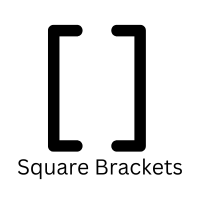
Square Brackets
Learning the list of punctuation marks is a vital tool to improve writing. These small punctuation marks hold the whole power to bring clarity and flow to writing.
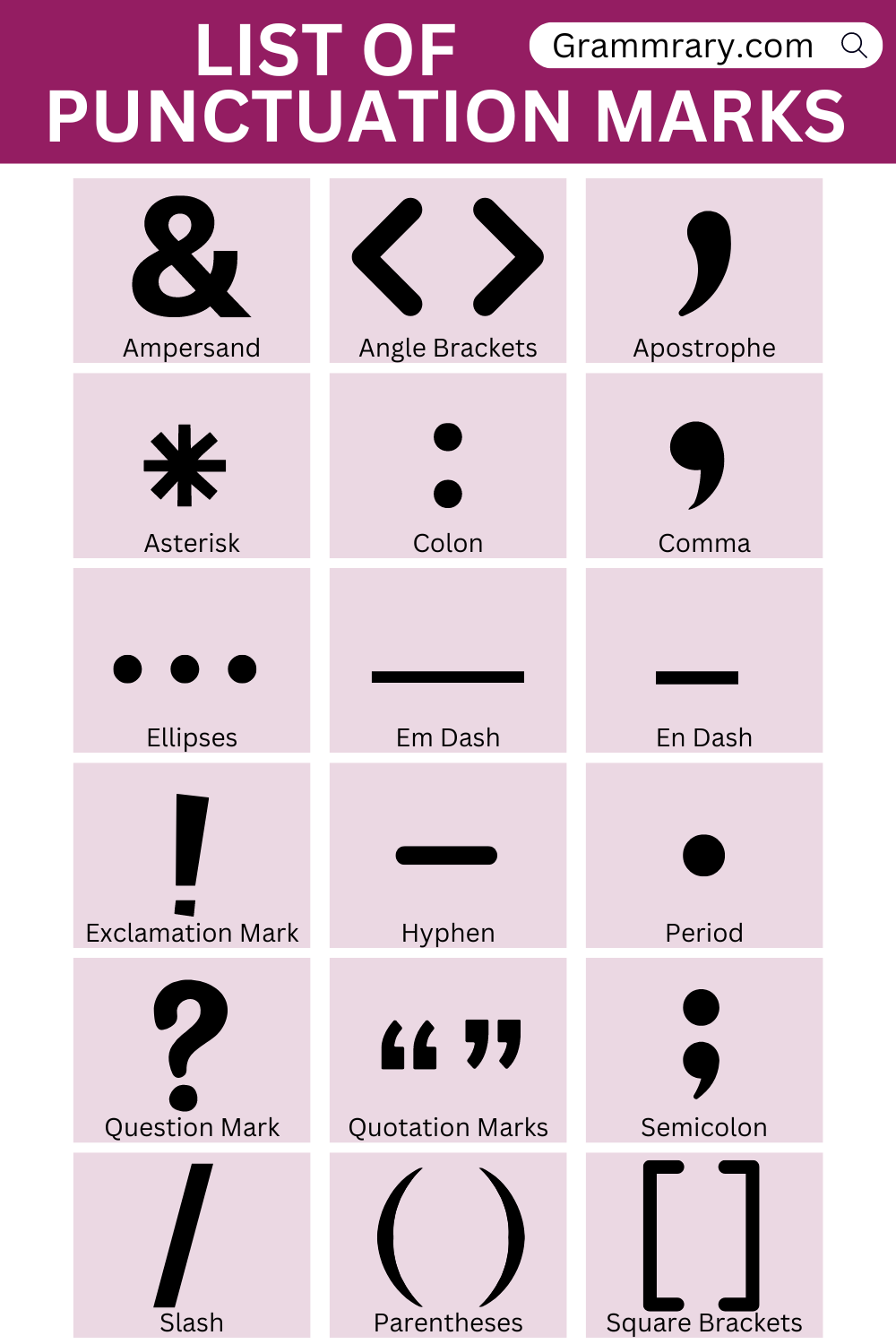
List of all Punctuation Marks

